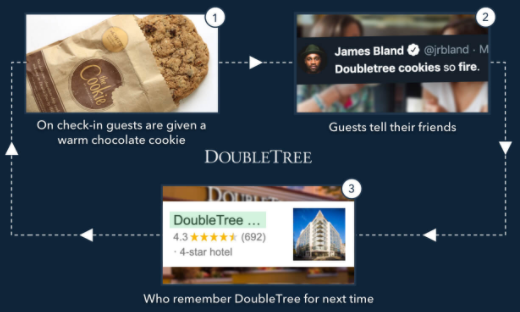After leaving Facebook, Brian Acton, previously co-founder of WhatsApp, invested in Signal, the private messaging app.
Here's how Brian went from being the founder of WhatsApp to an investor in Signal👇
Here's how Brian went from being the founder of WhatsApp to an investor in Signal👇
When Brian Acton & Jan Kaoum launched WhatsApp in 2009, both founders were determined to build an ad-free product. The idea was that if they made a valuable product, people would willingly pay for it.
WhatsApp operated on a freemium model in its early days — the product was free for a year and charged a small yearly subscription fee of $0.99 for continued service. However, many users never paid a dime because the service got renewed automatically after their free period ended.
In 2014, when Facebook, the advertising giant, knocked on WhatsApp's doors with an offer too good to refuse($19 Billion), the founders decided to sell after being assured they would be allowed to operate independently and not forced to compromise their values.
Apart from the anti-ads stance, these values also included private end-to-end encryption, which Zuckerberg supported, even though it would block attempts to harvest user data. Facebook also assured Acton & Kaoum "zero pressure" to monetize for the next five years.
But things, like they usually do in tech acquisitions, changed after the acquisition. Just around two years later, in August 2016. Facebook's power grab came in the form of a WhatsApp privacy policy update.
WhatsApp, sharing the updated privacy policy, said, "By coordinating more with Facebook, we'll be able to do things like track basic metrics about how often people use our services and better fight spam on WhatsApp.
And by connecting your phone number with Facebook's systems, Facebook can offer better friend suggestions and show you more relevant ads if you have an account with them."
WhatsApp's founders were against this blending of data, but they compromised since Facebook agreed to honor their no ads principle, at least for the time being.
When it finally came time to monetize WhatsApp, Zukurberg wanted to implement two ideas — show ads in the status section and sell businesses tools to communicate with users.
Facebook's plan, once businesses were on-board, also included selling analytics tools. But WhatsApp's end-to-end encryption restricted the reading of user messages.
Brian, on the other hand, opposed the ad-based monetization approach, recommending a metered-user model instead. Under this model, WhatsApp users were to pay a tenth of a penny after a limited large number of free messages were used up.
Sheryl Sandberg, Facebook COO, shot down Brian's idea by saying it won't scale. Brian called her out, saying, "No, you don't mean that it won't scale. You mean it won't make as much money as . . . .'
Finally, Brian left WhatsApp over value-based and directional disagreements with his Facebook bosses, not even waiting for his shares to vest. The decision cost him $850 million in lost money.
After leaving WhatsApp, Brian put $50 million into Signal, turning it into a non-profit organization. Moxie Marlinspike, a security researcher, had originally founded Signal in 2014. The mission of the Signal foundation is "making private communication accessible and ubiquitous."
As far as incentives to protect privacy are concerned, it doesn't get any better than Signal. The only way Signal makes money, as of now, is by donations from users.
Here's a more in-depth look into how Signal compares to WhatsApp in terms of privacy.
whatisthebusinessmodelof.com/business-model…
whatisthebusinessmodelof.com/business-model…
Here's the story of How WhatsApp went from being owned by two privacy-oriented founders to one of the biggest advertising giant, Facebook.
whatisthebusinessmodelof.com/business-model…
whatisthebusinessmodelof.com/business-model…
Here's how Telegram compares to WhatsApp and Signal in terms of the strength of privacy.
whatisthebusinessmodelof.com/business-model…
whatisthebusinessmodelof.com/business-model…
• • •
Missing some Tweet in this thread? You can try to
force a refresh






